Optimal Timing for Foundation Repairs
Foundation repairs are most effectively performed during specific times of the year when environmental conditions favor stable and safe work conditions. The optimal time generally depends on local climate patterns, soil conditions, and moisture levels. Understanding these factors can help determine the best window for scheduling repairs to ensure durability and effectiveness.
In regions with cold winters, late spring and early summer are ideal, as soil moisture levels are moderate and temperatures are conducive to construction activities. Conversely, during periods of extreme heat or drought, soil may shrink and crack, complicating repair efforts. In areas with high rainfall, dry periods are preferable to prevent delays and ensure safety.
Spring offers moderate weather and soil moisture, making it suitable for foundation repairs before summer heat causes soil to dry out.
Early summer can be effective, but high temperatures and dry soil may pose challenges for certain repair methods.
Fall provides cooler temperatures and higher soil moisture, which can be beneficial before winter sets in.
Winter is typically not ideal due to frozen ground and harsh weather conditions, which can delay repairs and affect quality.
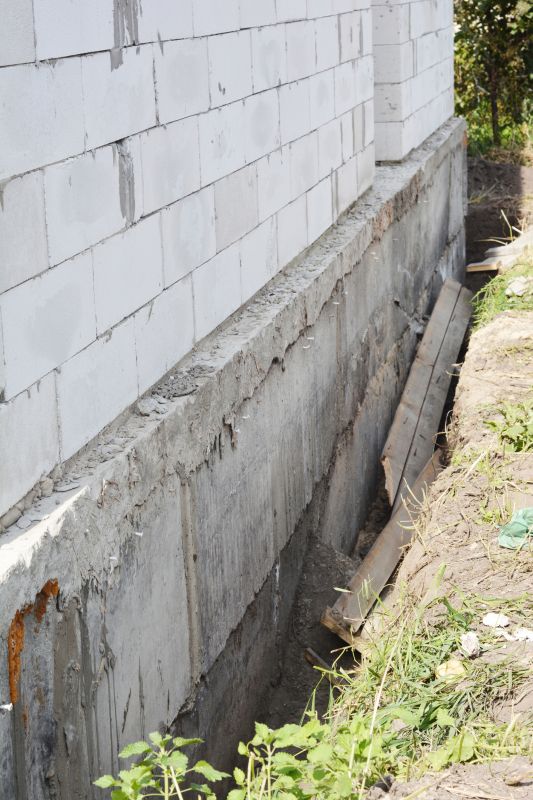
Spring weather supports effective repair work with optimal soil conditions.
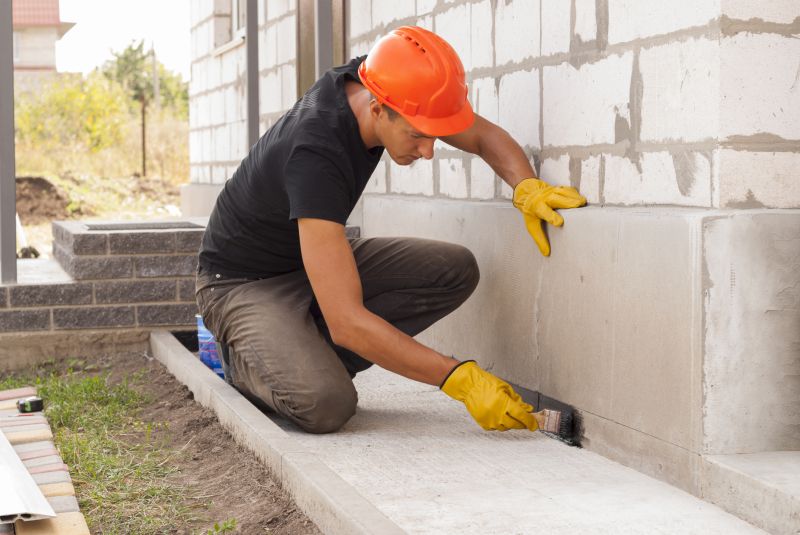
Summer's warm months require careful planning to avoid heat-related issues.
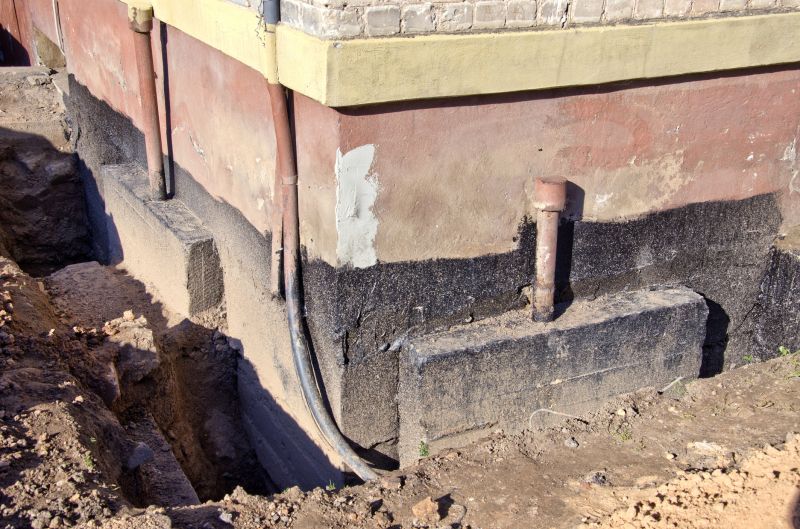
Fall offers cooler temperatures and moist soil for repairs.
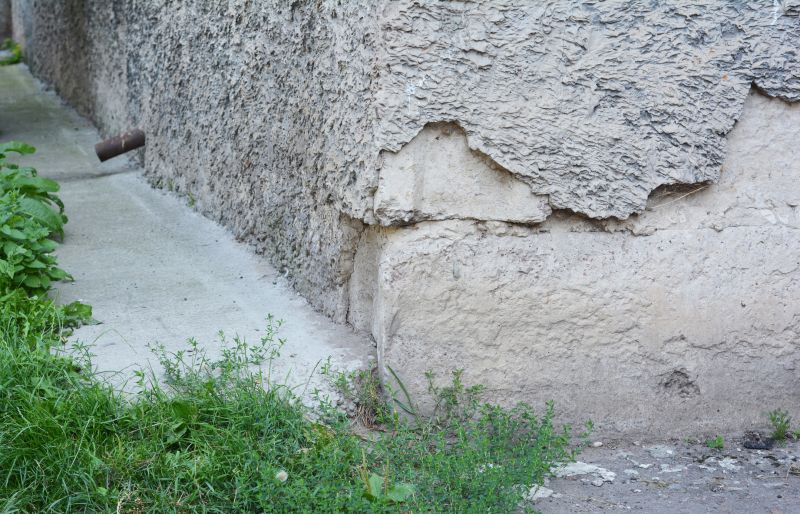
Frozen ground and snow limit repair options during winter.
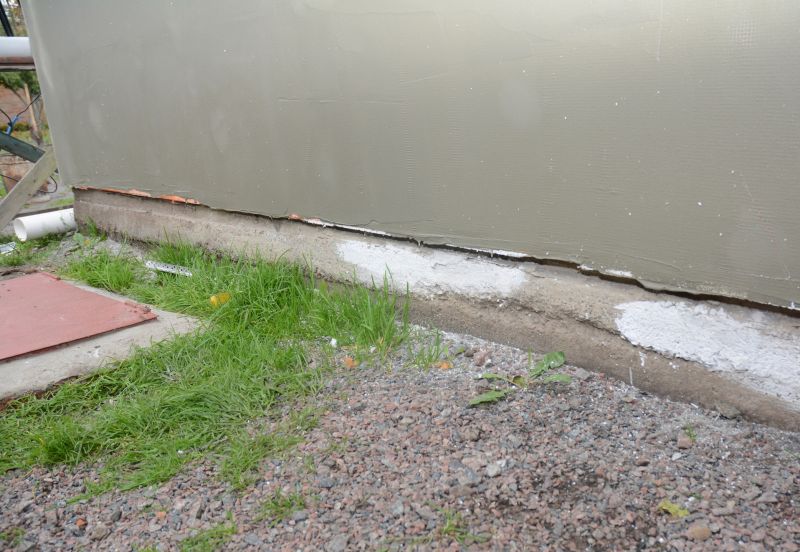
Ways to make Foundation Repairs work in tight or awkward layouts.
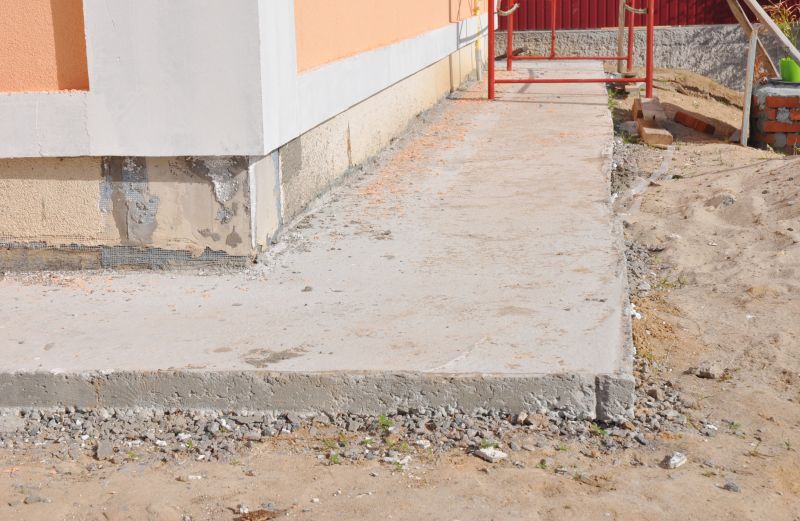
Popular materials for Foundation Repairs and why they hold up over time.
| Season | Ideal Conditions |
|---|---|
| Spring | Moderate soil moisture, mild temperatures |
| Summer | Warm temperatures, potential drought conditions |
| Fall | Cooler weather, higher soil moisture |
| Winter | Frozen ground, snow, and ice |
Foundation repairs are crucial for maintaining structural integrity and preventing further damage. The right timing ensures that repairs are durable and effective. Factors such as soil type, weather patterns, and moisture levels influence the success of repair projects. Proper scheduling can reduce costs, minimize delays, and improve long-term stability.
Statistics show that performing foundation repairs during optimal seasons can extend the lifespan of the repair work by several years. For example, repairs done during periods of stable soil moisture are less likely to shift or crack, reducing the need for future fixes. Understanding local climate patterns is essential for planning effective foundation maintenance.
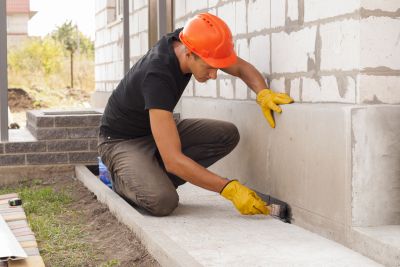
Proper timing enhances repair durability and effectiveness.
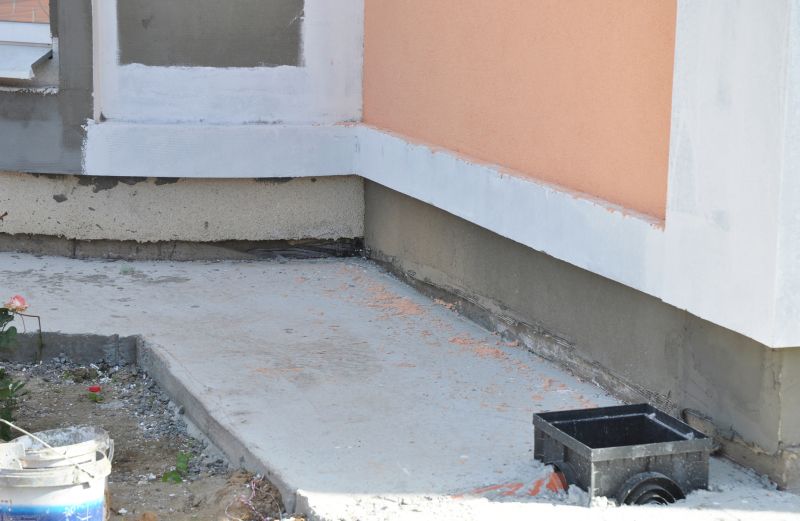
Soil type influences the best timing for repairs.
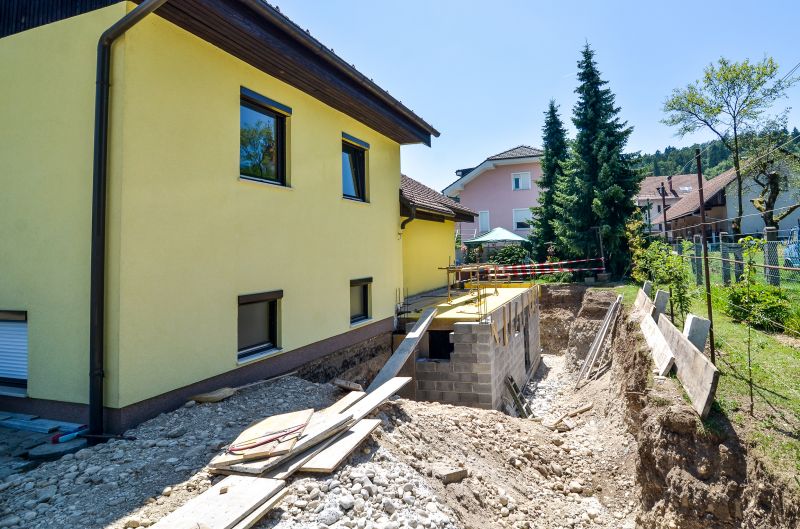
Seasonal considerations help optimize repair outcomes.
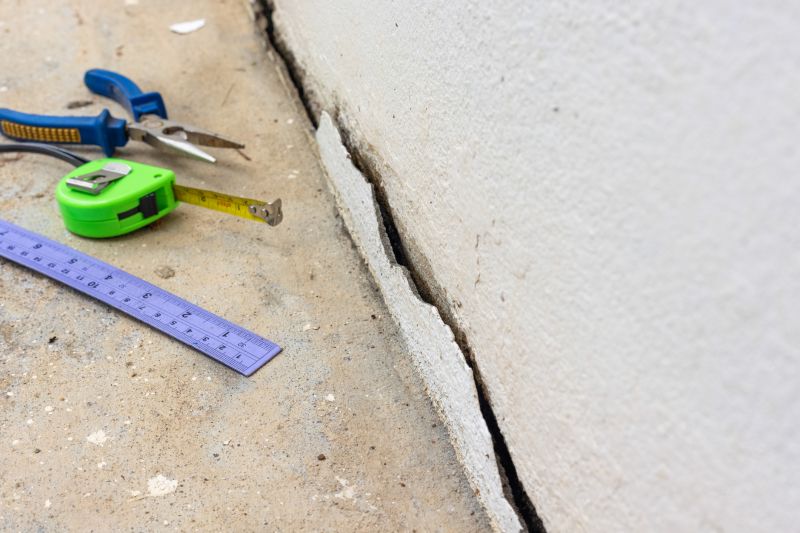
Timely repairs prevent worsening of foundation cracks.

Simple add-ons that improve Foundation Repairs without blowing the budget.
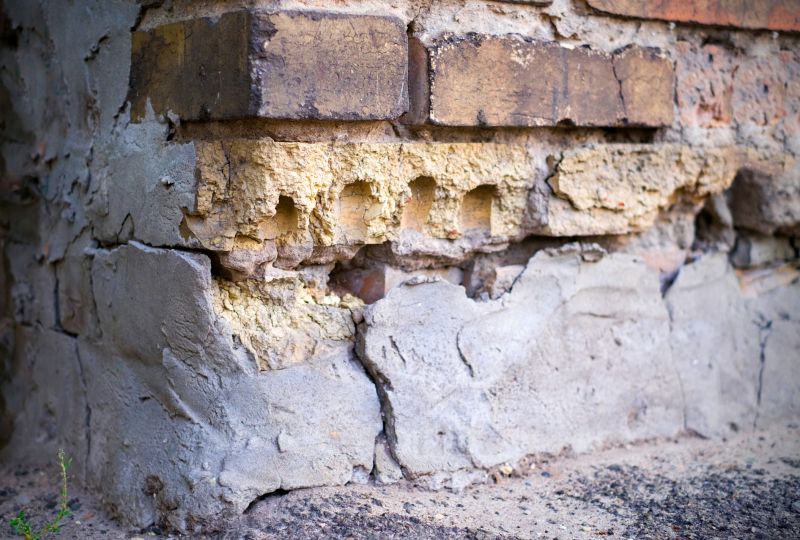
High-end options that actually feel worth it for Foundation Repairs.
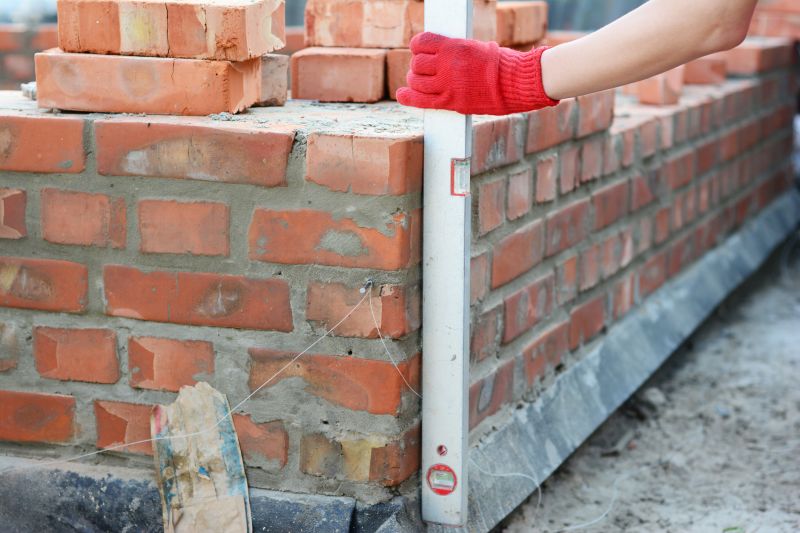
Finishes and colors that play nicely with Foundation Repairs.
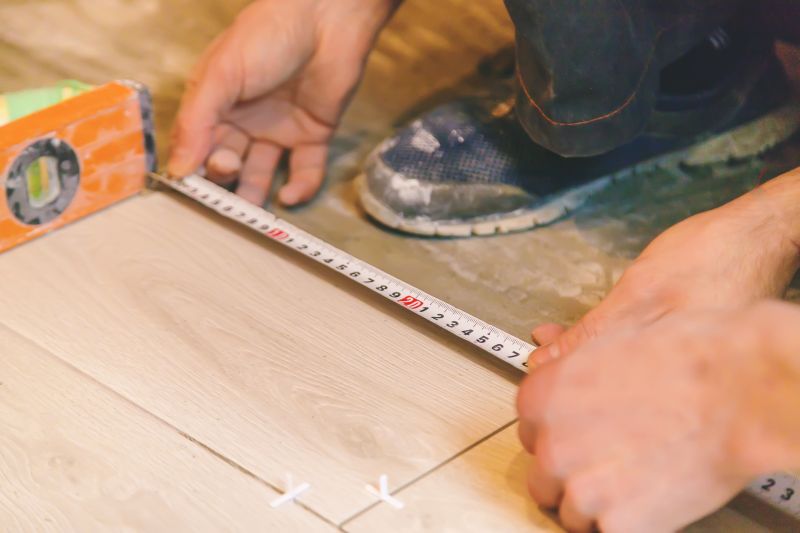
Little measurements that prevent headaches on Foundation Repairs day.
Interested in scheduling foundation repairs? Filling out the contact form provides an opportunity to discuss the best timing based on specific site conditions. Proper planning ensures repairs are effective and long-lasting, safeguarding property value and structural safety.

